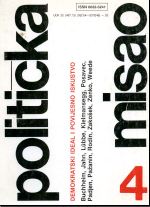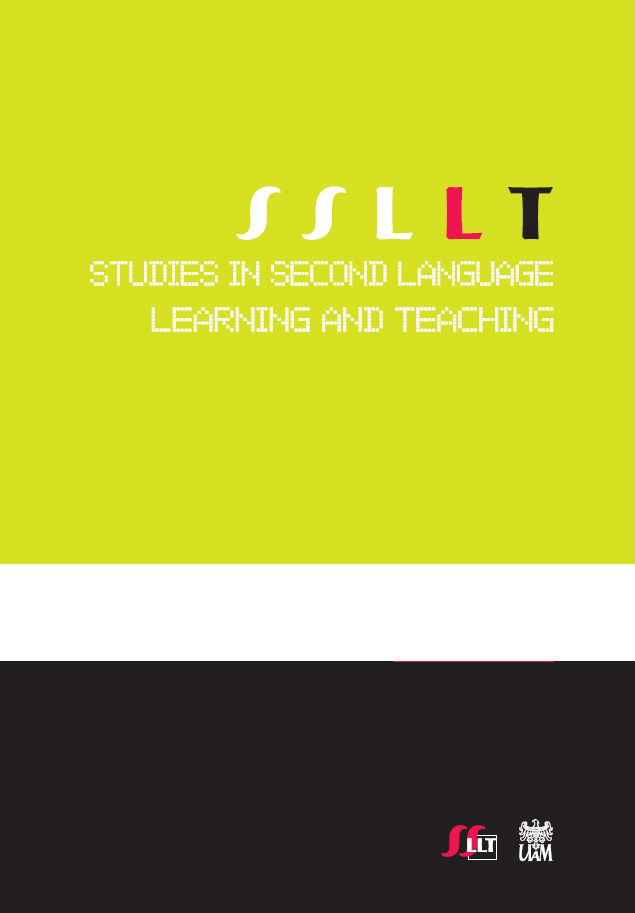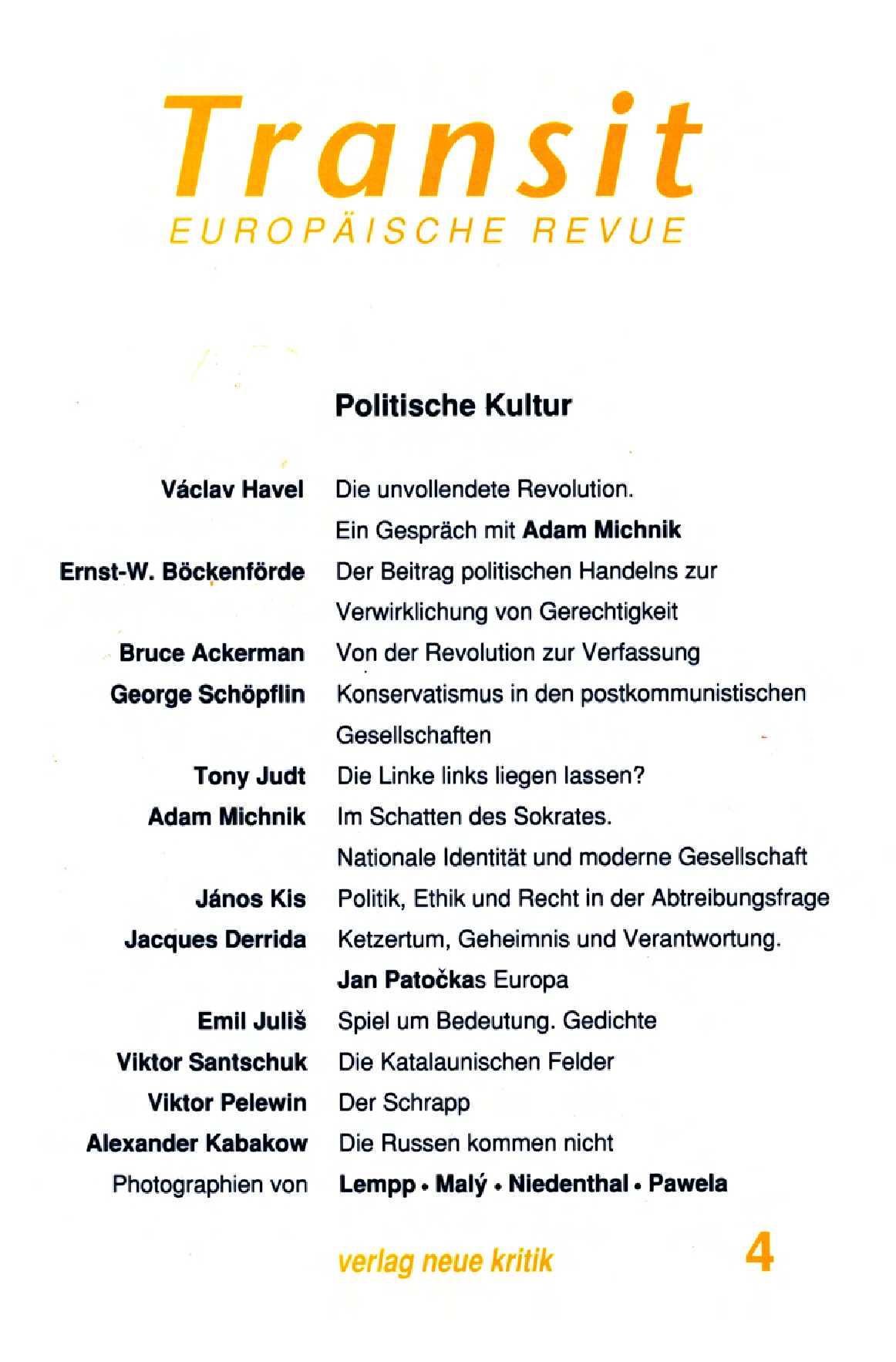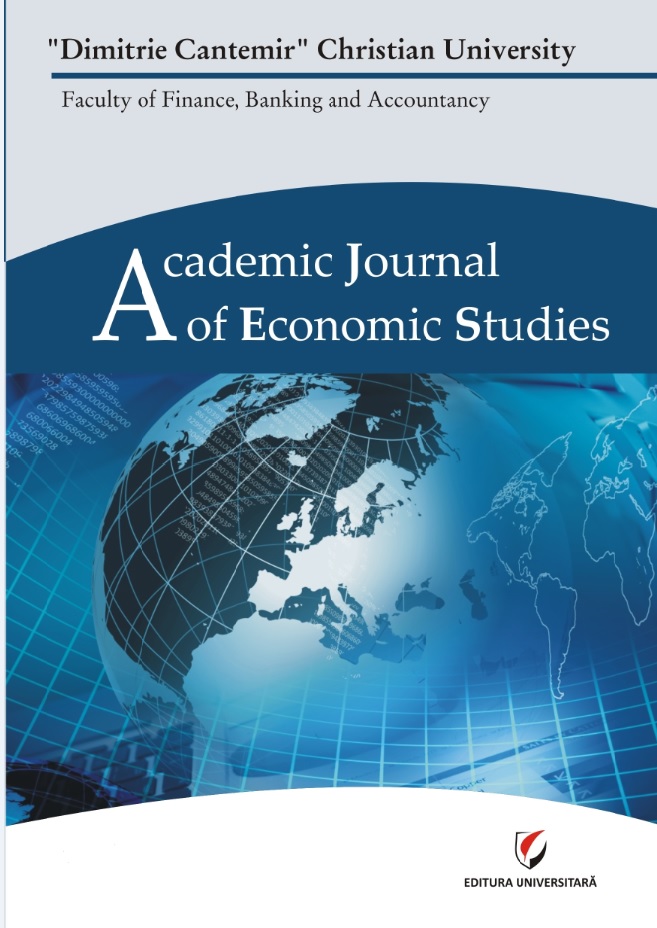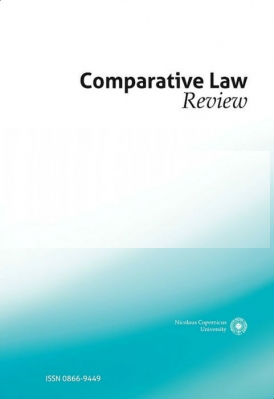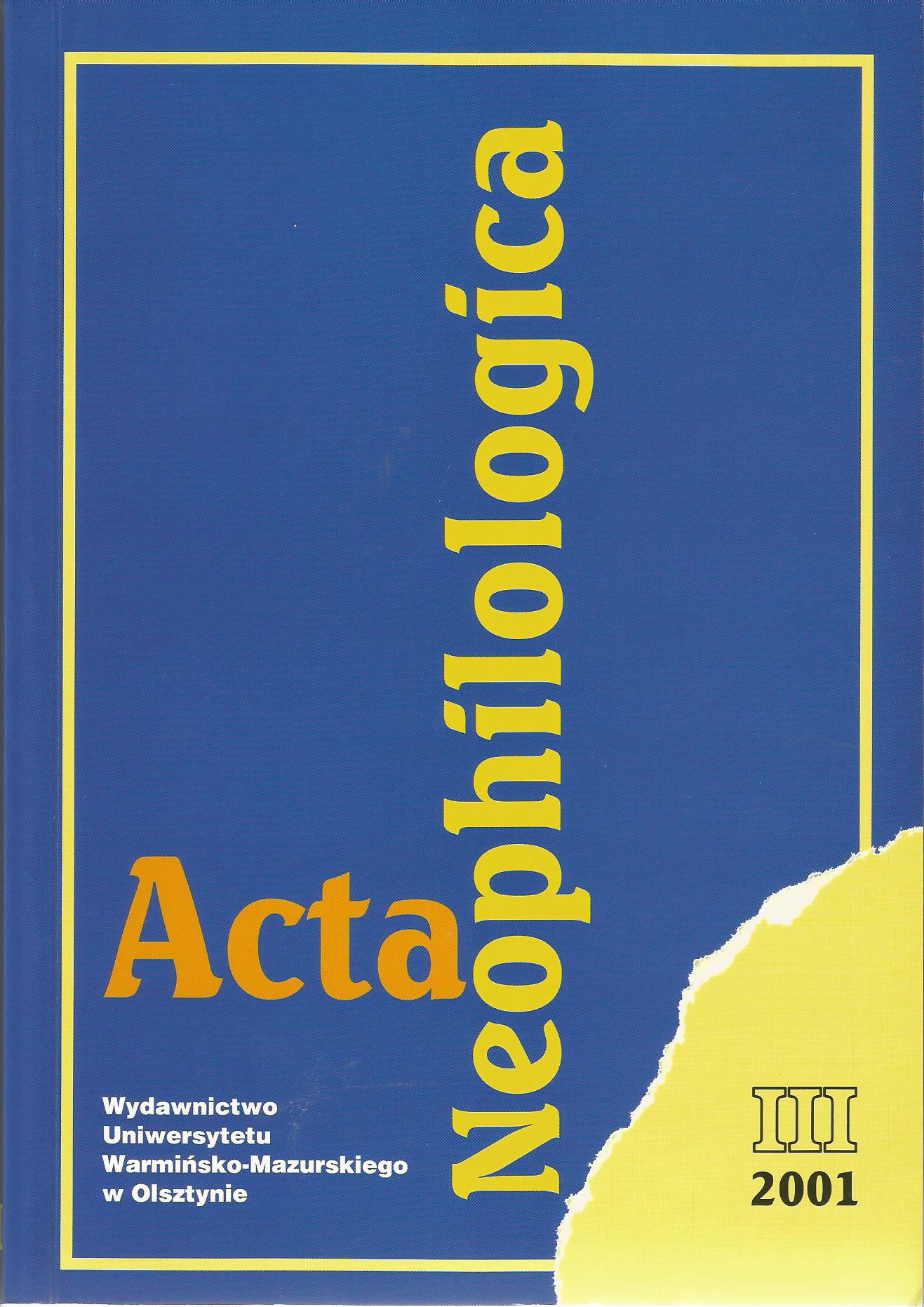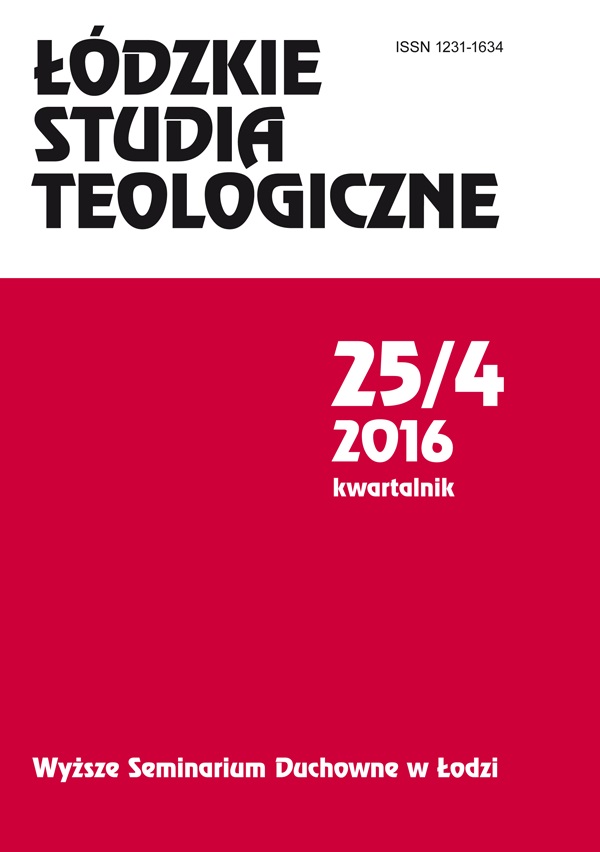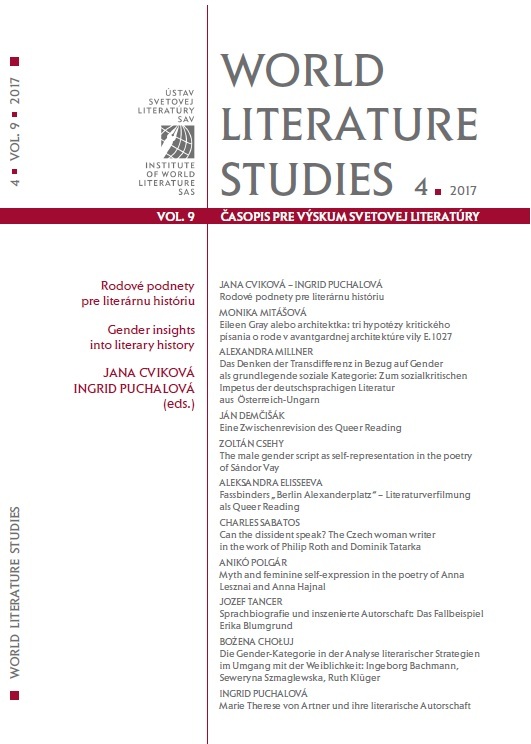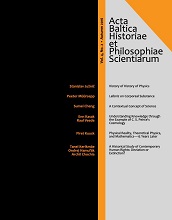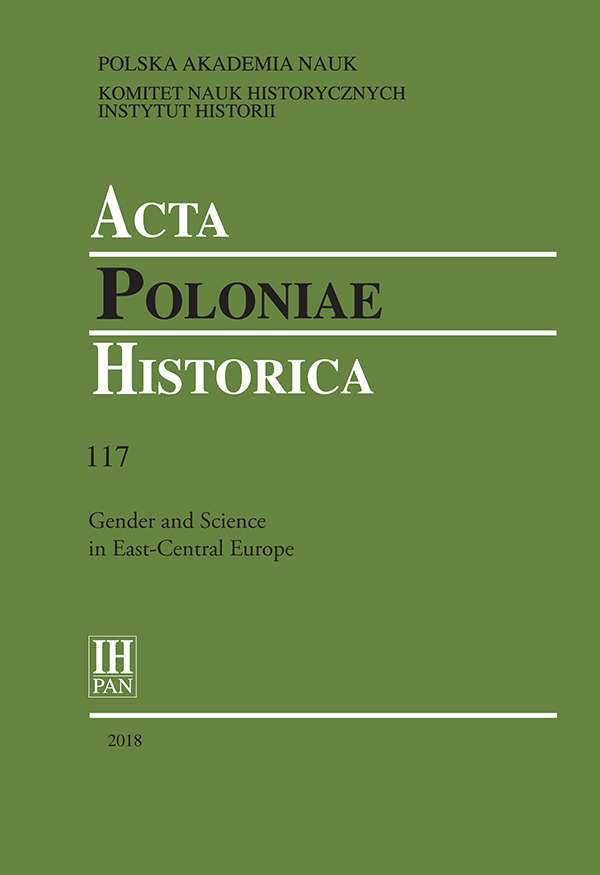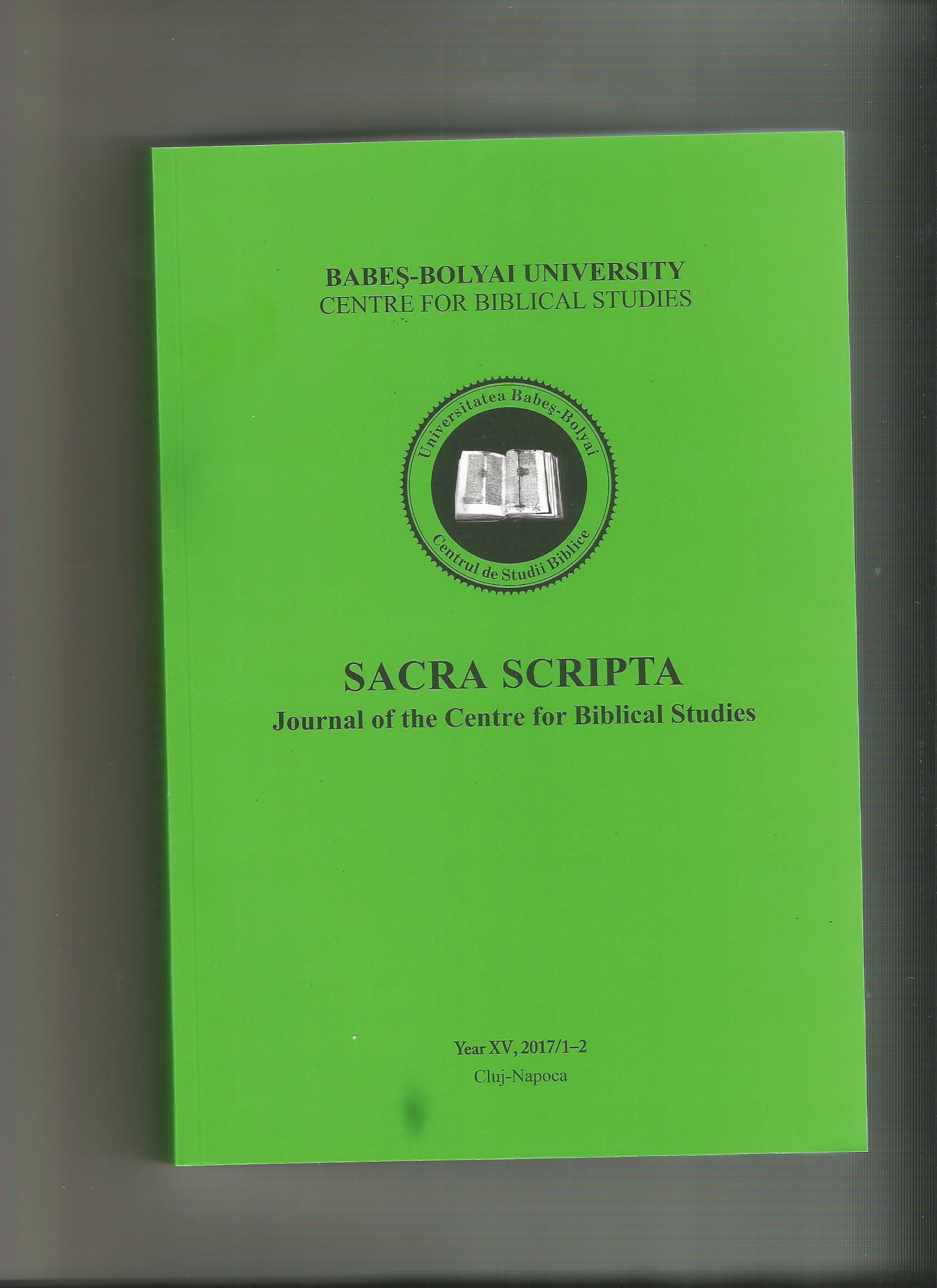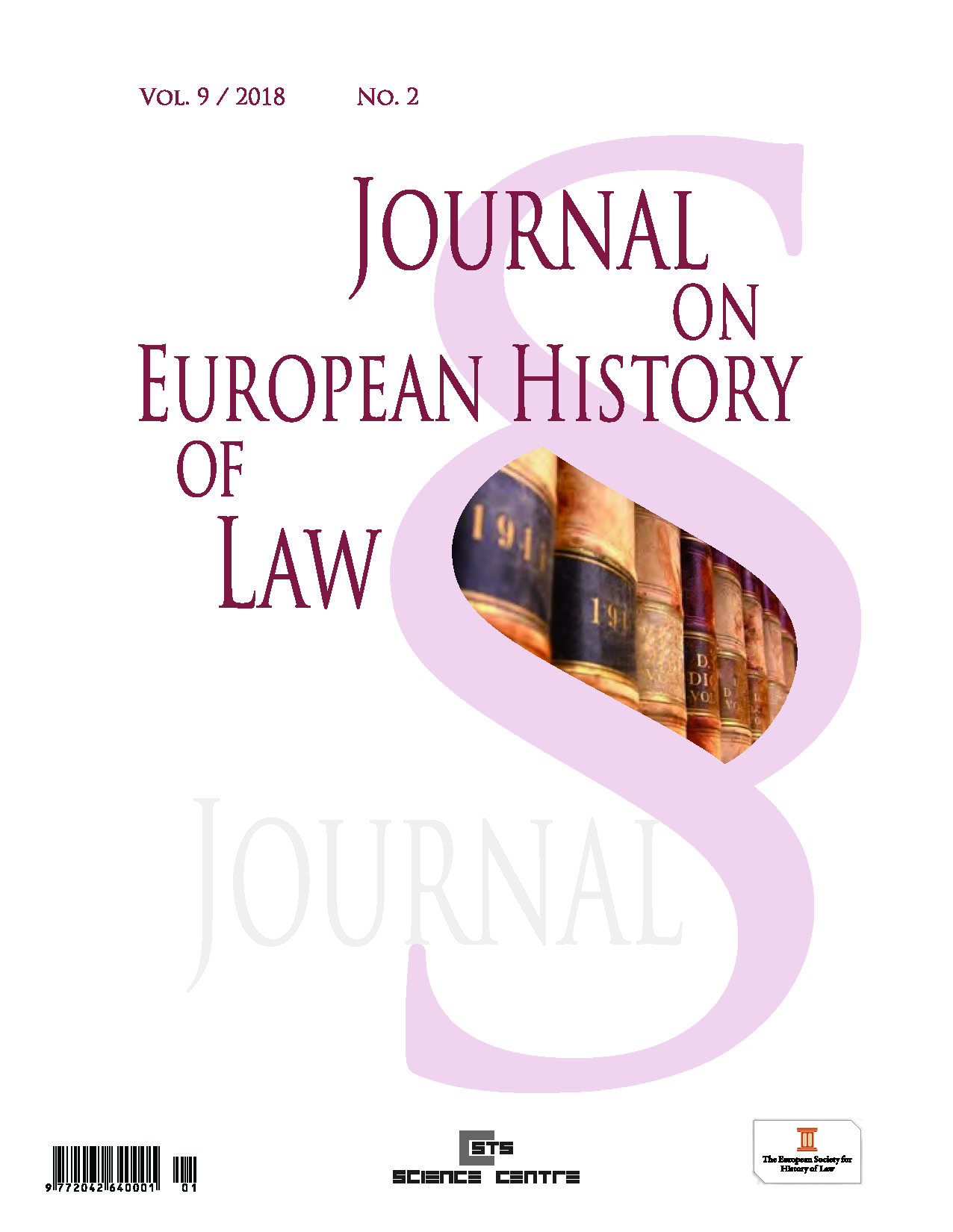Leibniz on Corporeal Substance
Author(s): Peeter Müürsepp / Language(s): English
/ Issue: 2/2016
Keywords: Aristotle; continuum; corporeal substance; Descartes; divisibility; entelechy; extension; hylomorphism; ontological levels; phenomenon; shape;
As an idealist, Gottfried Wilhelm Leibniz could not recognize anything corporeal as substantial. However, under the influence of Cartesian terminology, he devoted considerable effort to analysing the corporeal world, while not recognizing its real substantiality of course. Leibniz took the concept of substance from Plato, Aristotle and the scholastics, but developed it in two ways. It is a well-known fact that Leibniz introduced the term ‘corporeal substance’ in his letter to Antoine Arnauld dated to October1687. In the letter, Leibniz understands an object of nature, like an animal ora plant, as ‘corporeal substance’. In the very same letter, Leibniz introduces the terms ‘indivisibility’ and ‘phenomenon’. Every corporeal substance can be real only as a unity, i.e. by being indivisible. Such entity must have a soulor at least an entelechy. In an opposite case, that entity would not be a real unity but just a phenomenon. No corporeal entity is indivisible and therefore not a substance. The paper aims at introducing Leibniz’s distinction between substances and phenomena and taking a closer look at the historical philosophical influences Leibniz experienced while developing his views of the corporeal world. Aristotle and Descartes will receive most of the attention, of course, as the concepts of ‘entelechy’ and ‘hylomorphism’ were introduced by the former, and the understanding of corporeal substance as determined by extension alone is part of the latter. The core of the original critique by Leibniz takes off from the properties of the continuum as well as the nature of shape, motion and extension. The case of continuum will receive special attention. It is analysed with the help of the novel approaches by Samuel Levey and Vassil Vidinsky. Leibniz was critical about our poor understanding of the continuum but his own interpretation of it was not fully consistent either. Although the new developments enable us to take a fresh look that has not been possible so far, the issue remains open for further study.
More...


